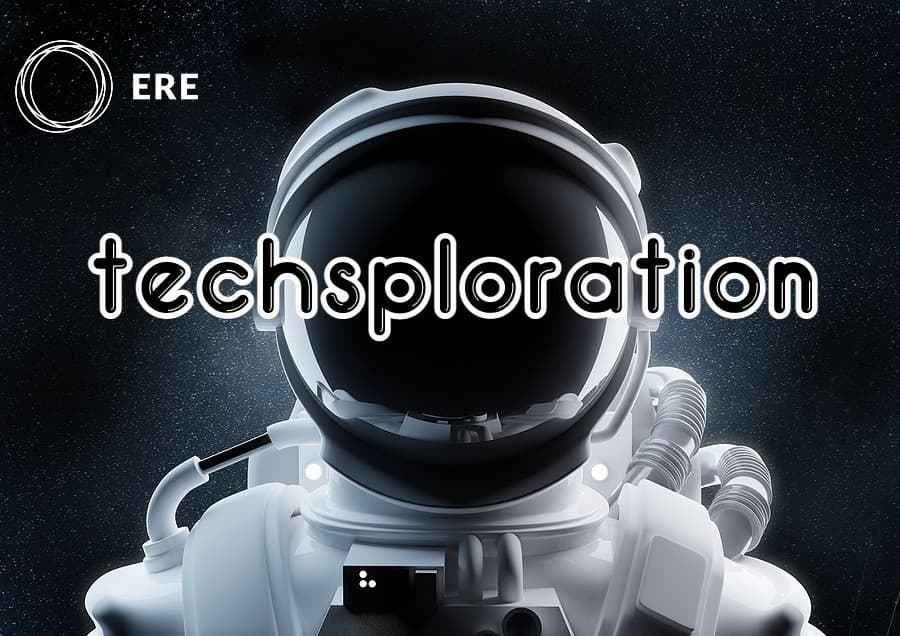I love looking at new technology and reimagining what is possible when you get that amazing piece of functionality that was previously missing. I’ve heard recruiting leaders wax poetic about candidate relationship management (CRM) the same way I might talk about an amazing smoked brisket.
In all honesty, though, it can be a little weird with the profuse — but genuine — love that people show for some of these products. But I also get it. Unlocking a new strategy that something like a CRM solution can accomplish for your recruitment marketing efforts is sometimes a career- or life-altering event.
Still, I am also a stone-cold realist. In this hiring environment, a new technology generally isn’t going to fix some of the fundamentals in play. Talent acquisition leaders may understand this, but their hiring manager partners often don’t.
Fundamentally, recruiting comes down to a version of the simple sales and marketing funnel of awareness, interest, desire, and action. While there are a lot of process issues that can break down in a funnel without the help or hindrance of technology, there are a few areas where technology does play a role.
1. Your first technology touchpoint prevents job-seekers from showing interest easily.
Inducing awareness about open jobs isn’t something that’s easily driven by technology. I’d argue that employer branding and advertising, along with a decent direct-to-candidate strategy in certain instances, are going to be enhanced by technology — but not dependent on it.
A person raising their hand and showing interest? That’s a different story. While there are a lot of new technologies out there that make applying for jobs less of a barrier, the process is still not great everywhere.
If your application flow has anything devised before the age of widespread use of smartphones, this might not be the end of the world in the professional services world, where a candidate is probably grabbing a laptop for some portion of the process.
For a retail or hospitality job, though? You’re getting people who are fighting through the barriers you’re putting up just to apply. Today, that’s simply not good enough. A tech upgrade here is worth the investment.
2. Your interviewing process doesn’t use technology to give candidates a consistent experience.
This one might be a little controversial, but you need to hear me out. The interview process is fraught with challenges. The biggest one is that the typical interview process that most hiring leaders use — unstructured interviews— is not just ineffective. It’s also an incredibly poor predictor of success.
Having structure around the interview process is key, not only for ensuring that candidates have a good experience but so that DEI initiatives aren’t being messed up before they even have the chance to succeed.
At smaller organizations, you can keep enough of a watchful eye over the process to make sure that your team is following the right process. At larger companies, that becomes impossible. Being able to scale a fair and effective interview process requires technology.
3. Your onboarding technology that gets people from “offer accepted” to showing up on their first day.
When is a recruiter most nervous?
When they make an offer to a candidate. But what’s a close second?
Everything between that offer-accepted moment and the day they show up for work.
I don’t know that I buy some of the rumblings of an exponential increase in candidates ghosting companies on their first day. But, as someone who has done his fair share of hiring, offer-accepted candidates falling out after a counteroffer or just a change of heart has always been a challenge.
I know that onboarding isn’t always in the purview of the talent acquisition leader, but there really does need to be a tight relationship between TA and HRto make sure onboarding software is effective. And that software needs to be helping your organization keep future employees engaged in between when they tell their organization they are leaving and their first day at their new employer.
If you have nothing or very little in the way of onboarding technology, you can still manage the process manually, but it requires standardizing processes. (For example, virtual team introductions or reminders for the hiring manager to keep checking in and sharing their excitement). However, as with interviewing, technology can help guide your team to scalable, consistent best practices at a critical moment in the hiring process.
These three areas are the only places where universally organizations need to have technology that’s working with them rather than against them. If you’re having problems hiring, these areas capture key moments where interest, desire, and action can all fall off in precipitous ways.
Regardless, even with the best technology, organizations can fail to address critical issues that are holding them back.
